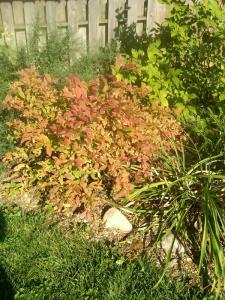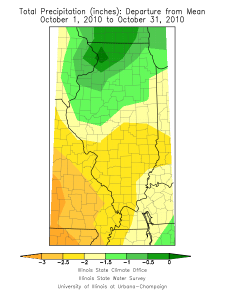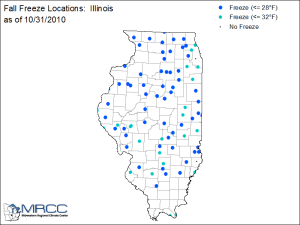I love all four seasons in Illinois but I especially like fall. In fact, you could say I’m a falloholic. What’s not to like – the air is cool and crisp and the cloud formations are spectacular. One of the best things about fall is the changing color in the trees, shrubs, and grass.

A great website for all things related to fall color is the University of Illinois Extension site called “The Miracle of Fall“. Check it out for fall color, foliage updates, photos, festivals, etc. You can also find out about fall activities in Illinois at the Office of Tourism site “EnjoyIllinois.com“. A few other sites to explore are:
One of things I get asked every year at this time is, “what is the effect of weather on this year’s fall color?” It’s hard to answer because there is no formula for this. In general, you don’t want drought conditions because the leaves just turn brown and fall off. Instead, you want nights to be cool but not freezing to trigger the change in leaves. Also, you want mild day time temperatures (not too hot) and sunny weather to really make the colors pop.
I hope you take time to enjoy fall in Illinois. I know I will.



